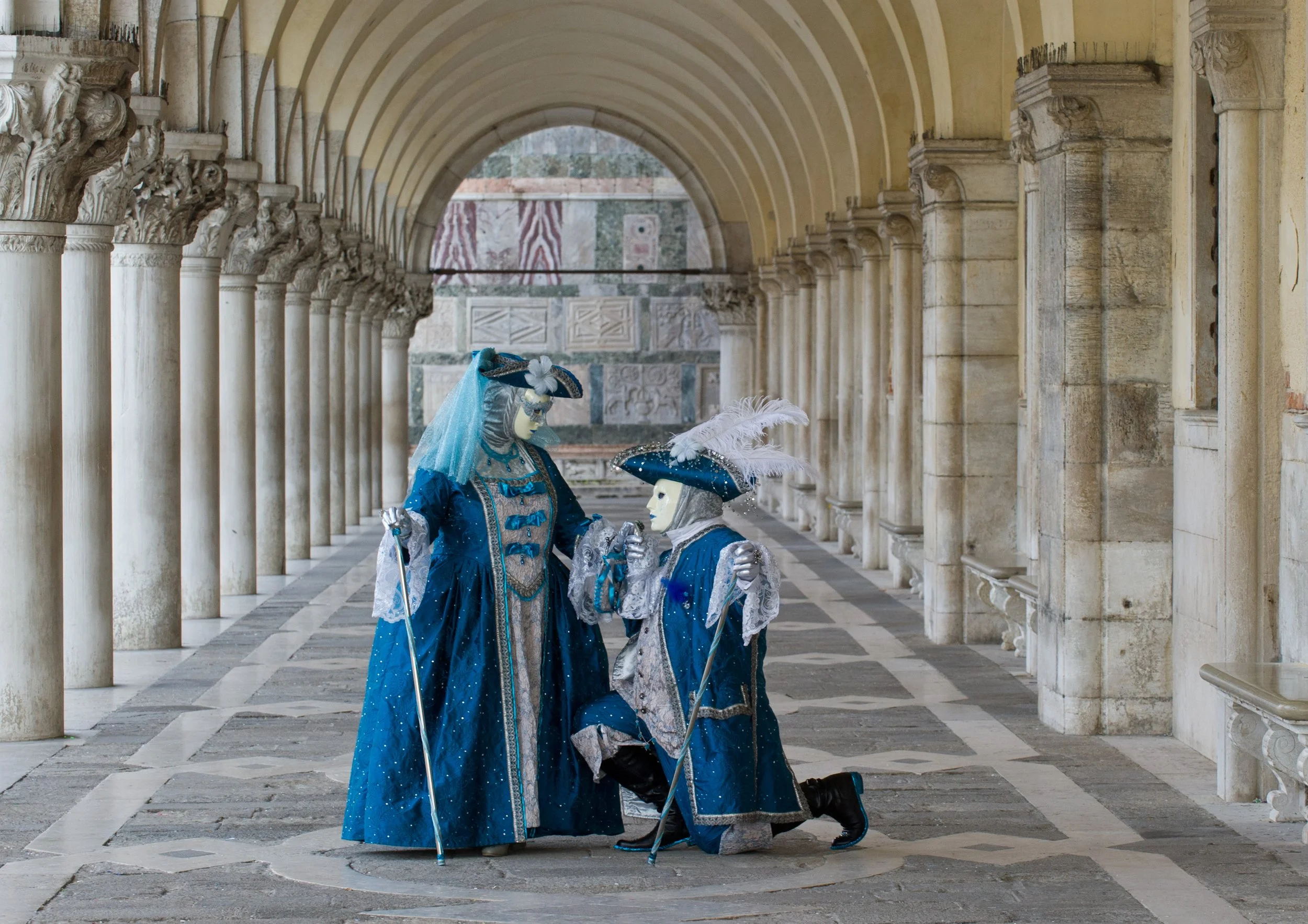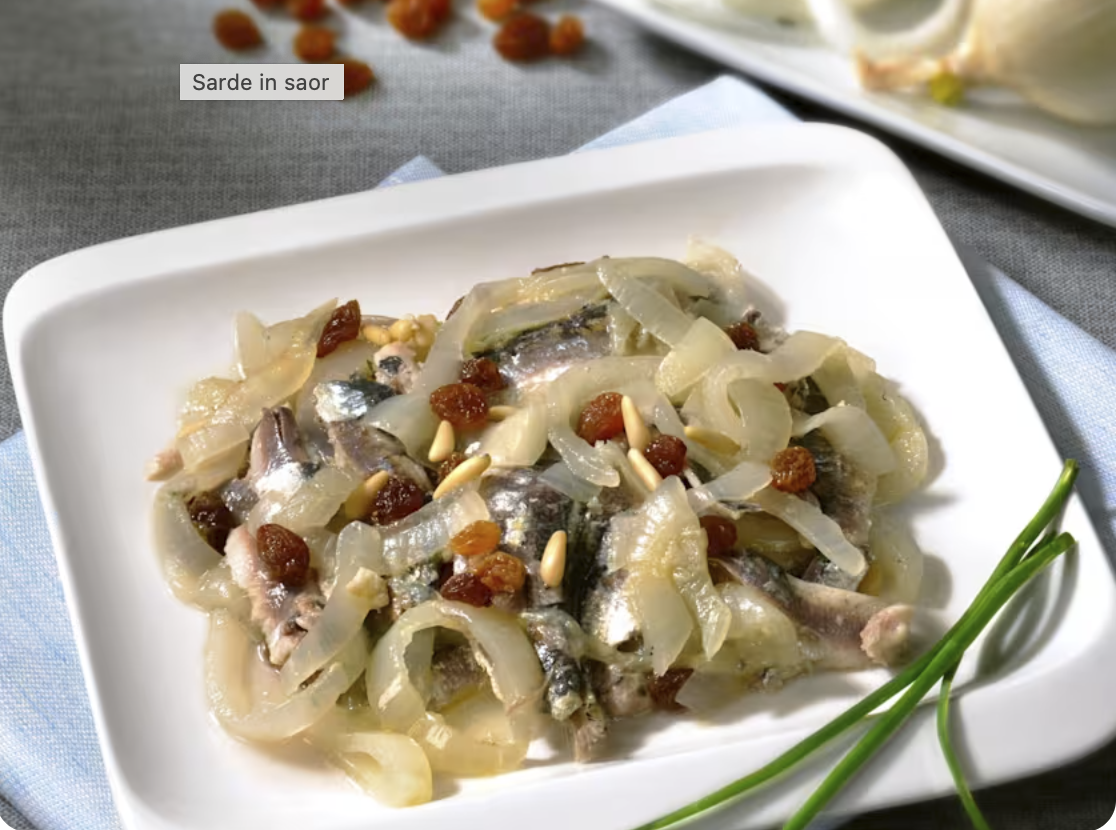Carnival in Venice 2026 is Coming Soon. A Photographer’s Guide to Booking the Last Spots
/Carnival in Venice is one of the most visually rich events on the planet. Quiet calle before sunrise, soft winter light, mist on the water, and the surreal mix of costumes and masks against the empty squares. The 2026 dates, 31st January to 17th February, are approaching quickly, and this is the moment when many photographers start making their plans.
Although February feels far away, the reality in Venice is very different. Rooms fill up early, private shoots disappear, and moving around becomes harder the closer you get to the peak days. If you want to experience the best of Carnival without the stress, the smart move is to prepare now.
Why Carnival is worth the trip
Carnival offers a combination of light and atmosphere you rarely find anywhere else. Early mornings still feel like winter, with pale colour tones and long shadows. By mid day, the city turns into a theatre set of textures, reflections, and human presence. For anyone who loves portraiture, street, reportage, or fine art work, there is no other time that gives you this mix.
What I offer
I have limited availability for Venice Carnival 2026 across two formats:
Three-day group workshops
• Dates: 9 to 11 February and 12 to 14 February
• Price: 980 euro per person for the full three days
• Group size: maximum 6 participants (min 4)
• Designed for photographers who want structured days, early morning sessions, quieter locations, and strong image making guidance across the festival period.
One day workshops
• Price: 475 euro per person
• Small groups: 2 to 4 people
• Ideal if you want a focused day covering the best light, key locations, and Carnival portraits while avoiding the crowds.
Private one to one
• Available on request
• Minimum 5 hours
• Tailored itineraries and timing, perfect for specific goals or portfolio building.
Now is the right moment to secure your place. By January, the best dates are usually gone.
Whether you want a focused one day private experience or a full three day group workshop, now is the right moment to secure your place. Once January begins, availability drops quickly.
When to book
If you want the full experience with early mornings, portraits, and quieter parts of the city, aim to book in the next two to three weeks. February arrivals often struggle with accommodation and last minute planning, especially around San Marco and Rialto.
Practical tips
• Book accommodation close to your shooting locations to avoid transport delays
• Reserve early morning sessions to avoid crowds
• If you want costumed portraits, consider weekdays for better access
• Bring layers and hand warmers, mornings can be cold
• A fast prime is ideal, but do not underestimate a small telephoto for compressed scenes and portraits
How to reserve
If you are considering joining me during Carnival 2026, the next step is simple. Send a message through my website or contact me directly. I will reply with availability, the options still open, and the structure that best fits your style and goals.
Venice during Carnival is unforgettable for any photographer. If it has been on your list, this is the moment to secure your place. I will confirm dates and guide you to the format that suits you, whether a three day workshop or a focused one day session.







































